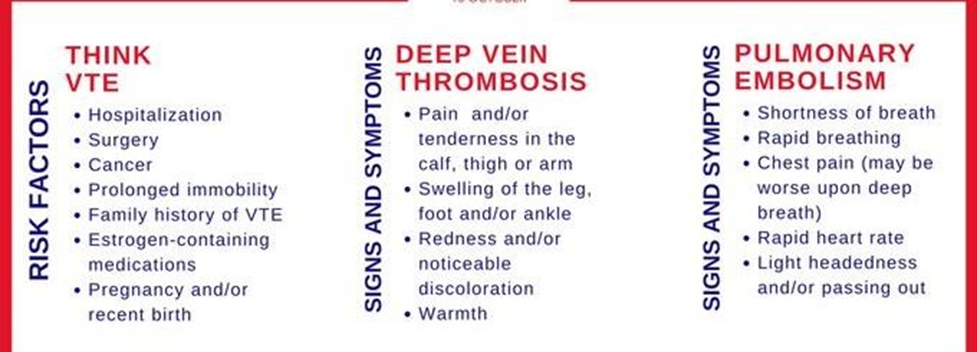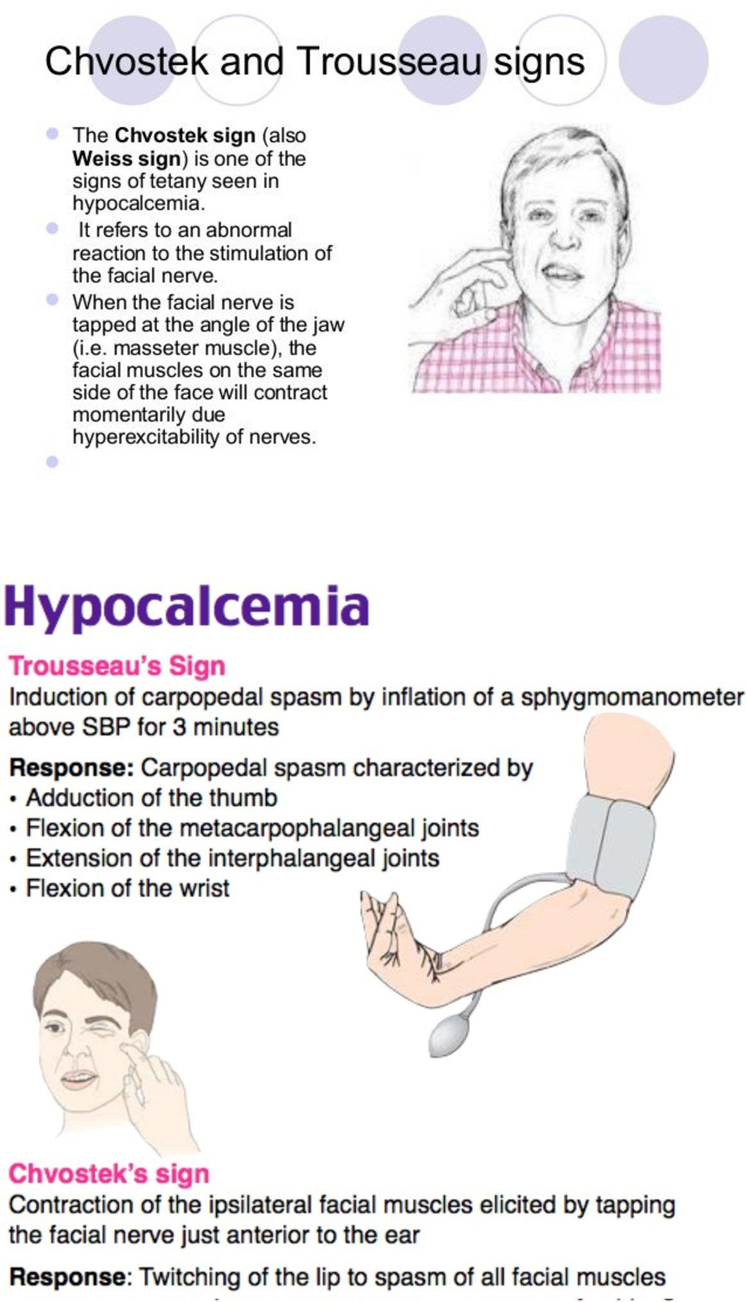A nurse is assessing a client whose therapy has included bed rest for several weeks.
Which of the following findings should the nurse identify as the priority?
Loss of appetite
Left lower extremity tenderness
Increased heart rate during physical activity
Musculoskeletal weakness
The Correct Answer is B
A. While decreased appetite may be concerning, it is not typically considered a priority over potential complications related to immobility.
B. Left lower extremity tenderness could indicate deep vein thrombosis (DVT), a serious complication of prolonged bed rest that requires immediate attention to prevent pulmonary embolism.
C. Increased heart rate during physical activity may be expected after a period of bed rest and can be addressed with gradual reconditioning.
D. Musculoskeletal weakness is a common consequence of immobility and would be addressed as part of the client's rehabilitation but is not an immediate priority compared to potential complications like DVT.

Nursing Test Bank
Naxlex Comprehensive Predictor Exams
Related Questions
Correct Answer is ["A","C","E"]
Explanation
A. Hypocalcemia can lead to paresthesia, including tingling sensations around the lips.
B. Abdominal distention is not typically associated with hypocalcemia.
C. Hypocalcemia can result in a positive Trousseau's sign, where carpal spasm is induced by inflating a blood pressure cuff above the systolic pressure for a few minutes.
D. Chvostek's sign is typically positive in hypocalcemia, not negative.
E. Hypocalcemia can cause muscle cramps due to increased neuromuscular excitability.

Correct Answer is C
Explanation
A. Pupil size can vary but is typically around 3 to 5 mm in diameter under normal conditions.
B. The normal rate of involuntary blinking (spontaneous blinking) is approximately 15 to 20 times per minute.
C. Outwardly curling eyelashes are a normal anatomical variation and do not indicate any pathology.
D. Corneas should appear clear and transparent under normal conditions. Opacity of the cornea can indicate various eye disorders.
Whether you are a student looking to ace your exams or a practicing nurse seeking to enhance your expertise , our nursing education contents will empower you with the confidence and competence to make a difference in the lives of patients and become a respected leader in the healthcare field.
Visit Naxlex, invest in your future and unlock endless possibilities with our unparalleled nursing education contents today
Report Wrong Answer on the Current Question
Do you disagree with the answer? If yes, what is your expected answer? Explain.
Kindly be descriptive with the issue you are facing.
